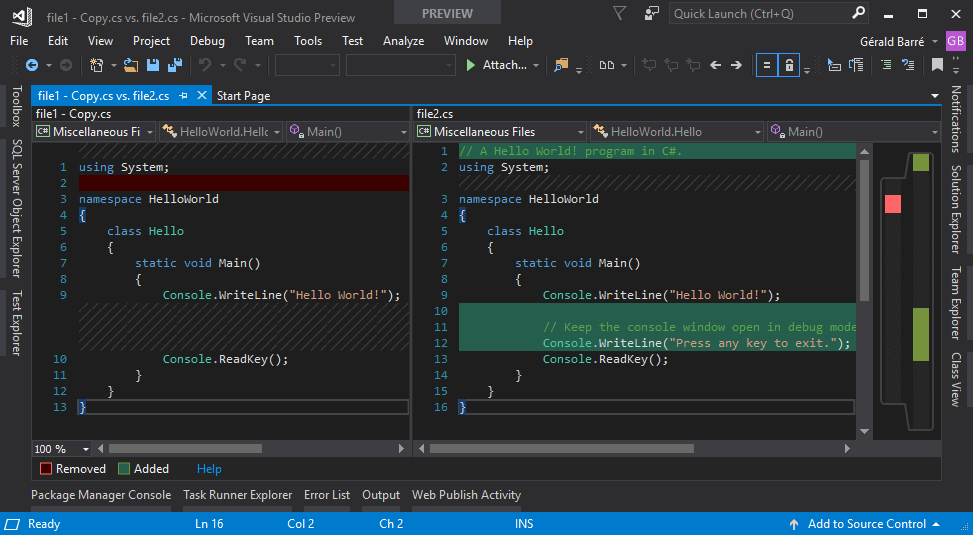

HelloCov. The library will house computations below that can be performed with bit operations. Creating a Libraryįirst, you will create a static library project from Visual Studio. You can clone the demo repository with the following command: git clone Īlternatively, you can proceed with the step-by-step instructions below. To follow this tutorial, you need Windows Vista or higher and Microsoft Visual Studio 2008 or higher. The tool allows you to view the previous set of results. If you’d like to skip ahead to the full code for the demo, it is available here. 10) Visual Studio Code coverage feature of Visual Studio helps you to determine what part of your project’s code is tested by coded tests like unit tests. To get all these features in this post, you need to download the latest nightly build. In this tutorial, you will learn the basics of OpenCppCoverage and how to integrate it into your CI pipeline. As of the beta of dotCover, we included a Console runner to run coverage using the command line, allowing for instance, setup of dotCover in a Continuous Integration environment.Let’s see how it works. OpenCppCoverage is an open-source C++ code coverage tool for Windows that can generate coverage reports locally, and then leverage Codecov GitHub Actions to integrate coverage reports in your CI pipeline. From the tools menu, select Enable/Disable Bullseye Coverage Build. Monitoring code coverage is essential to maintaining code quality, and there are many tools out there that can assist with this. Start Visual Studio and open the solution for your MxVDev testing project. One of the best ways to ensure your code quality stays high over time is to monitor your test coverage, through a measure known as code coverage. Tests are an important component of software development: they help prevent bugs and can act as documentation.


 0 kommentar(er)
0 kommentar(er)
